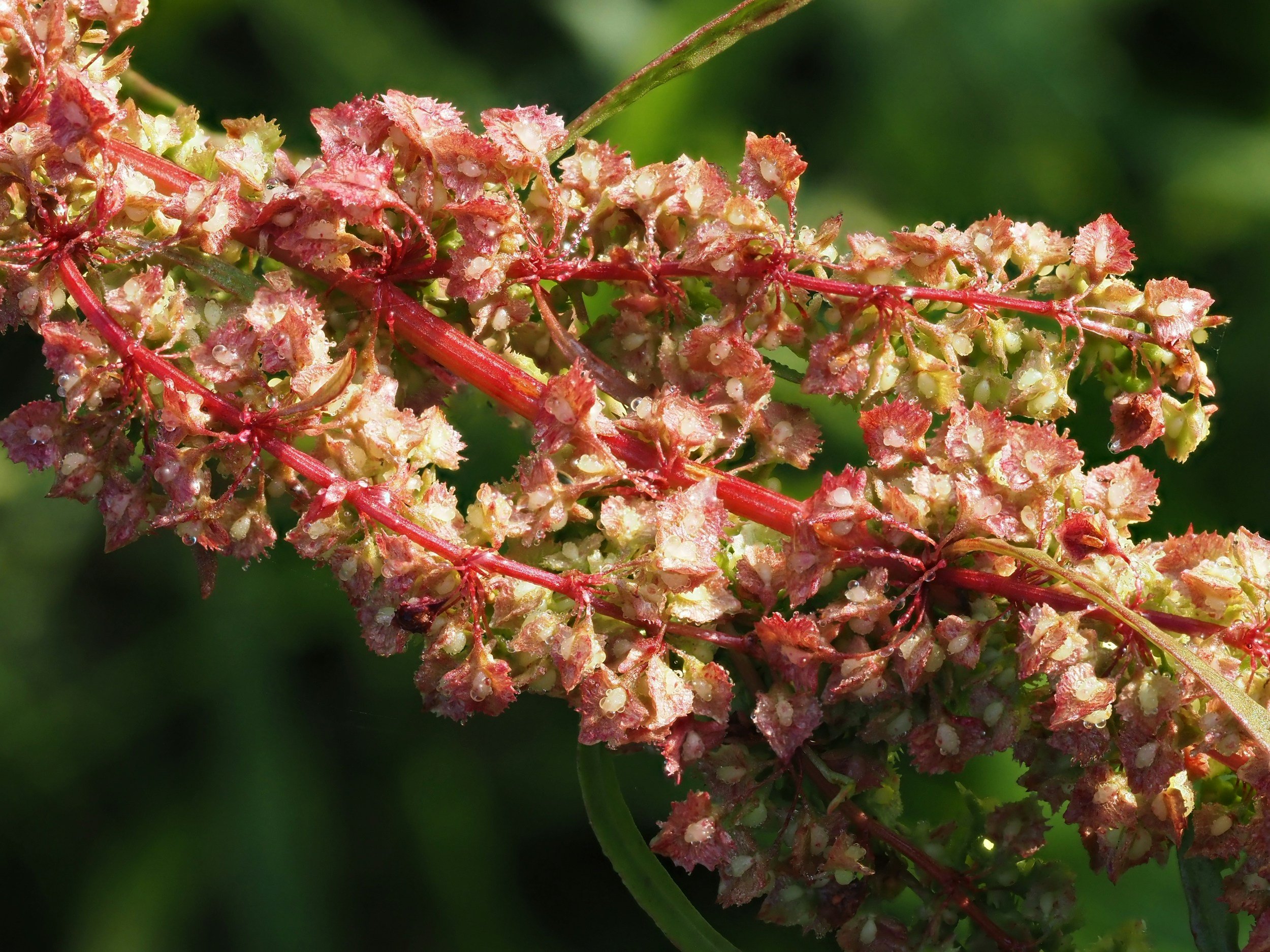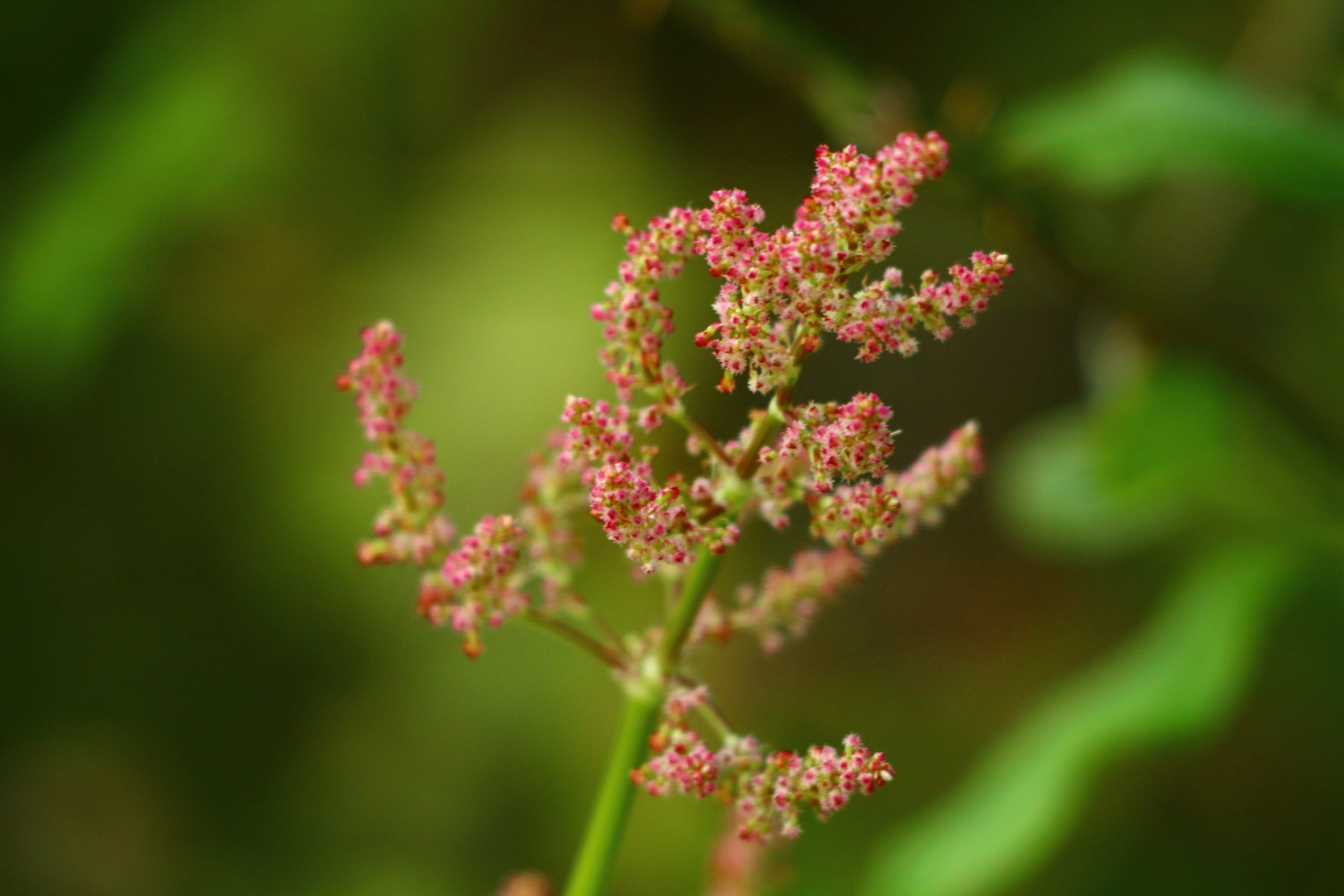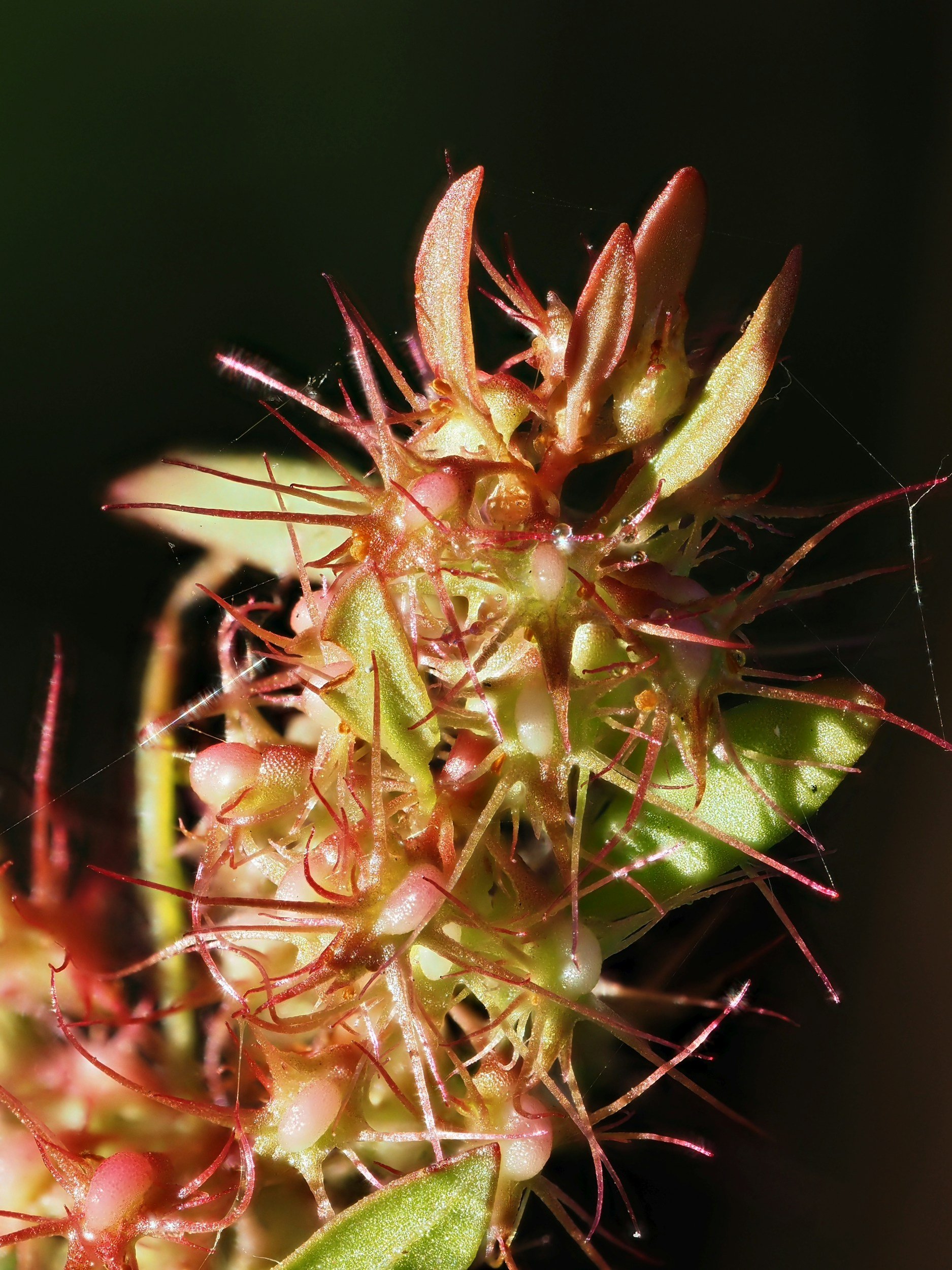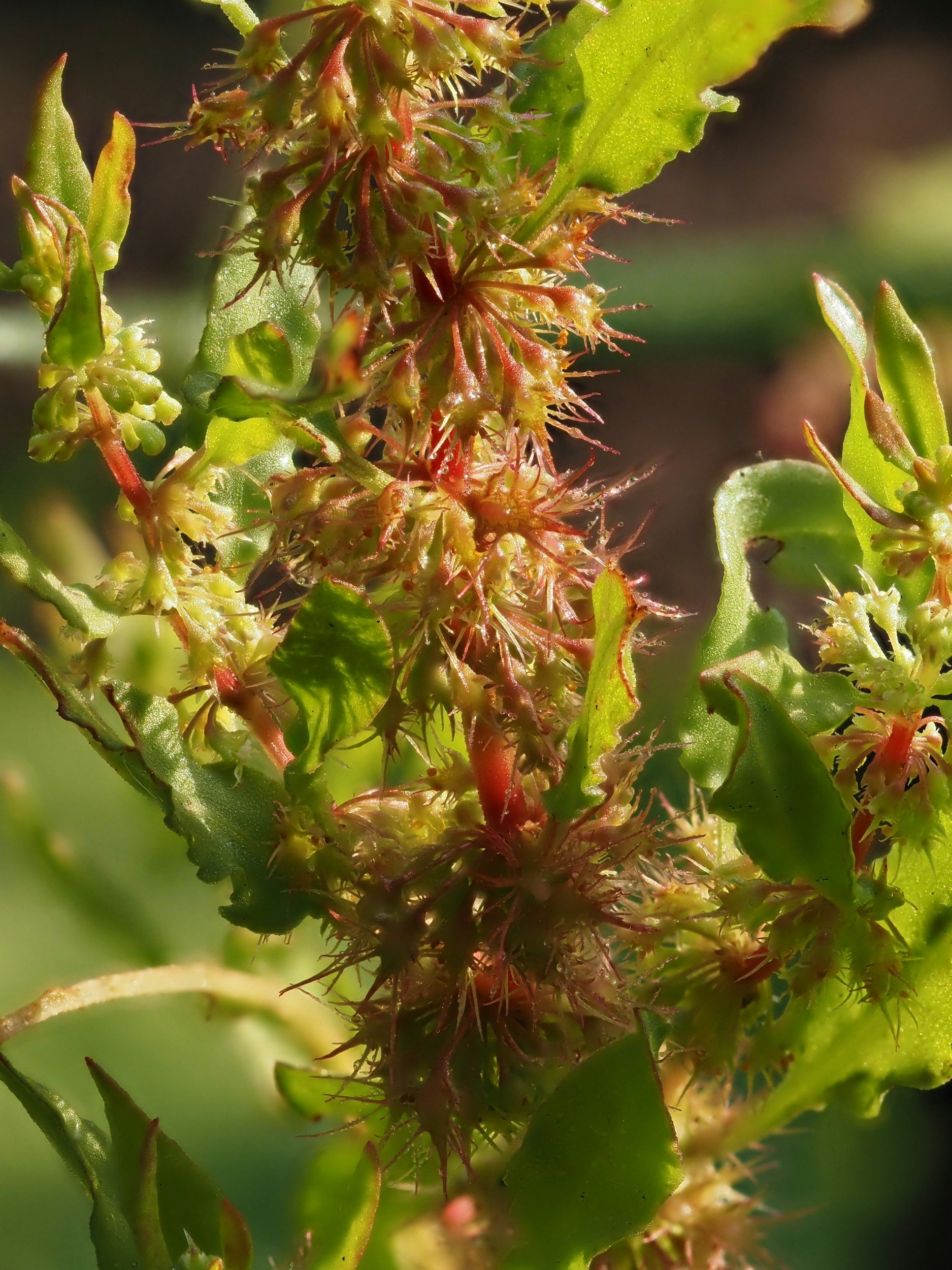
Yellow Dock
Yellow Dock
(Rumex crispus)
Plant Family
Polygonaceae
Other significant names
Curly dock
Parts used
Radix (Root)
Typical forms of prescription
Tinctures
Wine tonics
Yellow Dock (Rumex crispus) - Clinical Snapshot.
Primary Actions
Alterative (supports gradual detoxification and systemic balance)
Antiscorbutic (prevents or treats scurvy)
Astringent
Antitumour (traditionally noted)
Cholagogue (stimulates bile flow)
Depurative (blood cleanser)
Laxative (mild to moderate)
Tonic
Hepatic (supports liver function)
Lymphatic (supports lymphatic drainage; not a diuretic)
Primary Indications
Traditionally used to support a wide range of conditions, including:
Digestive disturbances such as constipation, diarrhoea, sluggish digestion, and liver or gallbladder dysfunction
Chronic inflammatory conditions like arthritis and allergies
Fluid retention and cystitis
Skin disorders including acne, eczema, psoriasis, boils, and fungal infections (e.g. ringworm)
Nutritional deficiencies such as anaemia, particularly where iron absorption may be impaired
⚠️Cautions / Safety⚠️
Use with caution during pregnancy and lactation.
May exacerbate kidney or gallbladder stones due to oxalate content.
Can enhance the effects of other laxatives; monitor dosage carefully in combination.
In high doses, anthraquinones may cause griping or loose stools; they are best used in low to moderate doses for a gentle effect.
Rumex crispus
Phytochemistry and Pharmacology
-
Includes: Emodin, chrysophanol
Action: Mild laxative, hepatic, depurative
Use: These constituents promote gentle stimulation of peristalsis and bowel clearance, helping to relieve constipation, particularly where there is sluggish digestion and liver stagnation. Emodin also has antimicrobial and anti-inflammatory properties.
-
Action: Astringent, anti-inflammatory, tissue-toning
Use: Tannins help balance the laxative effects, reduce intestinal inflammation, and improve mucosal tone. Useful in haemorrhoids, diarrhoea, or gut weepiness associated with poor clearance.
-
Includes: Iron, calcium, magnesium, potassium
Action: Nutritive, haematinic (blood-building)
Use: Rumex root is rich in bioavailable iron, making it useful in cases of iron-deficiency anaemia, especially where digestion is weak. It supports blood quality, energy levels, and post-menstrual or postpartum recovery.
-
Action: Antinutrient (cautionary)
Use: Present more in the leaves than roots, oxalates can bind minerals like calcium and may contribute to kidney stone risk in sensitive individuals. Roots are preferred for internal use to avoid this issue.
-
Includes: Quercetin
Action: Antioxidant, anti-inflammatory, venotonic
Use: These contribute to Rumex’s action in skin conditions, chronic inflammation, and liver detoxification pathways, making it suitable for acne, eczema, or congested skin with underlying digestive sluggishness.
Traditional Use
Yellow dock has a long history of being used as a traditional "blood purifier," especially for jaundice, constipation, and chronic skin conditions. Herbalists historically turned to the root for its cleansing and restorative qualities, believing it helped the body eliminate waste and improve vitality, especially when signs of toxicity appeared through the skin or digestion.
Clinical Discussion
Yellow dock is a sour, bitter herb with a particular affinity for the digestive tract. It contains anthraquinones, compounds that stimulate peristalsis, the muscular contractions of the gut, making it especially helpful in cases of sluggish constipation. Interestingly, it is often indicated when stools are soft or loose, but the bowel lacks sufficient tone to eliminate them effectively. Thanks to its astringent action, yellow dock also supports the treatment of diarrhoea by gently tightening and toning the gut lining.
As an alterative, yellow dock supports liver and lymphatic function, aiding the body in clearing waste products. This makes it especially useful in skin and joint conditions such as eczema, acne, psoriasis, arthritis, rheumatism, and allergy-related issues. Traditionally, herbalists also prized the root for its iron content, so much so that they would bury iron shavings near the plant to increase uptake. The root was then included in iron tonics for anaemia and general debility. (See Hedley’s Iron Tonic recipe as discussed in class.)
Cultivation & Harvesting
Harvest roots from plants growing in dry, well-drained soils in late summer to early autumn. Choose mature plants and clean roots thoroughly before drying or processing.
Key Botanical Features of Yellow Dock (Rumex crispus)
Growth
Rumex crispus is a hardy, herbaceous perennial native to Europe and western Asia, now naturalised in many temperate regions worldwide.
It typically grows 60–120 cm (2–4 feet) tall, with a basal rosette of leaves and tall, upright flowering stems.
It thrives in disturbed ground, meadows, roadsides, and pastureland, especially in poor or compacted soils.
Roots
Thick, yellow-brown taproot with a distinctive deep yellow interior.
Roots are long, fleshy, and tapering, firmly anchored and capable of reaching deep into the soil.
Harvested for medicinal use, particularly in dry soils where the concentration of constituents is higher.
Leaves
Arrangement: Basal rosette with alternate leaves on the stem.
Shape: Long, narrow, lanceolate leaves with distinctly wavy (crisped) margins.
Size: Basal leaves can be up to 30 cm long; stem leaves are smaller and more linear.
Colour: Bright to dark green.
Surface: Smooth and hairless with a prominent central vein.
Flowers
Type: Tiny, greenish flowers lacking petals (inconspicuous).
Inflorescence: Dense, branched panicles rising from the upper stem.
Colour: Green when fresh, turning reddish-brown as seeds mature.
Flowering time: Typically June to September.
Fruit & Seeds
Type: Triangular, reddish-brown achenes (dry, one-seeded fruit).
Each seed is enclosed in a papery, winged structure formed by the persistent calyx.
Dispersal: Primarily by wind and water; seeds remain viable in soil for many years.
Often forms dense stands due to prolific seeding.
Adaptations
Tolerates poor, compacted, or low-nutrient soils and disturbed habitats.
Taproot allows the plant to access deep water and minerals and regenerate after damage.
Regarded as a pioneer species that helps to restore degraded land.
Sustainability/Conservation
Not at risk, considered weedy or invasive in some areas due to its hardy, self-seeding nature.
Harvest sustainably by taking only mature roots and allowing some plants to reseed naturally.






Sources
Bartram, T. (1998). Bartram’s Encyclopedia of Herbal Medicine. Constable.
Fisher, C. (2009). Materia Medica of Western Herbs, (2018 edition). Finchley Road, London. Aeon Books.
Hedley, C & Shaw, N. (2020). A herbal book of making and taking. Finchley Road, London. Aeon Books.
Hoffmann, D. (2003). Medical Herbalism: The Science and Practice of Herbal Medicine. Healing Arts Press.
McIntyre, A. (2019). The complete herbal tutor, revised and expanded edition. Finchley Road, London. Aeon Books.
Plants of the World Online | Kew Science. (n.d.). Plants of the World Online. https://powo.science.kew.org/
Disclaimer: This page is for educational purposes only. Consult a qualified medical herbalist before using herbs, especially during pregnancy, when trying to conceive, while breastfeeding, for medical conditions, or with children.
Read the full disclaimer → Medical Disclaimer.




